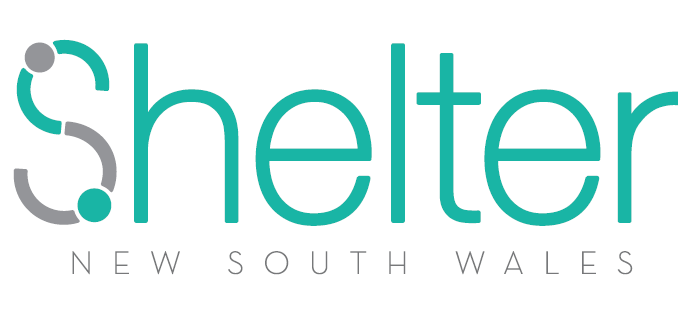This year’s Rental Affordability Index (RAI) confirms what many already know (or experience) – there are huge parts of the country where lower-income people (even employed people in steady jobs) face unaffordable rents. It’s hurting them and their families and it may compromise our social and economic recovery.
The RAI is a price index for housing rental markets, and is a clear indicator of rental affordability relative to household incomes. The report was recently released by National Shelter, Beyond Bank, Brotherhood of St Laurence and SGS Economics and Planning.
We encourage you to read the RAI November 2021 report and especially the various household profiles.

Check out the interactive tool and see how your suburb or town fares in rental affordability. It’s easy – drop in your postcode and see what the renting profile looks like; for you, or for your neighbours who might be pensioners, single-parent households or hospitality workers.
Any reading of this report will remind people of the pressing need to ‘Raise the Rate’, a campaign which calls for a significant increase to the Jobseeker Rate as well as 50% increase in the rate of Commonwealth Rental Assistance. And naturally, our ongoing calls for an additional 5,000 social housing dwellings each year over a decade in NSW are supported by this data.
RAI Lowlights for Greater Sydney & NSW
(according to the latest release of the Rental Affordability Index)
- Sydney remains critically unaffordable to significant proportions of the renting population
- Beware of averages. While the average rental household in Greater Sydney is spending around 24% of its total income on rent, at the median rental rate, lower income households are paying much more. In Greater Sydney for example, a single pensioner now spends 66% of income on rent while a single person on JobSeeker now spends a staggering 110% per cent of their income on rent (unchanged between 2011-2019).
- Regional NSW has been hard hit by increasing rental costs, with the average rental household paying around 26% of its total income on rent. This is consistent across all regional NSW postcodes. Regional areas such as Wollongong are now unaffordable for households earning under $80,000 per annum.
- The regional areas most affected by the worsening of affordability are coastal areas such as Tweed Heads, Woolgoola, Port Macquarie, Kiama and inland areas such as Wellington, Cooma, Orange, and Mudgee. While many low income households live regionally to find affordable rentals, there is nothing in the coastal strip of NSW affordable to average regional incomes.
- Sydney’s outer suburbs of Sydney have become much less affordable. These include Camden, Hornsby and Brooklyn, Wyong, and Katoomba.
Workers in jobs paying low and insecure wages are being priced out of Sydney. Hospitality workers for example, generally can’t afford to rent a 1 bedroom unit across most of Sydney.
